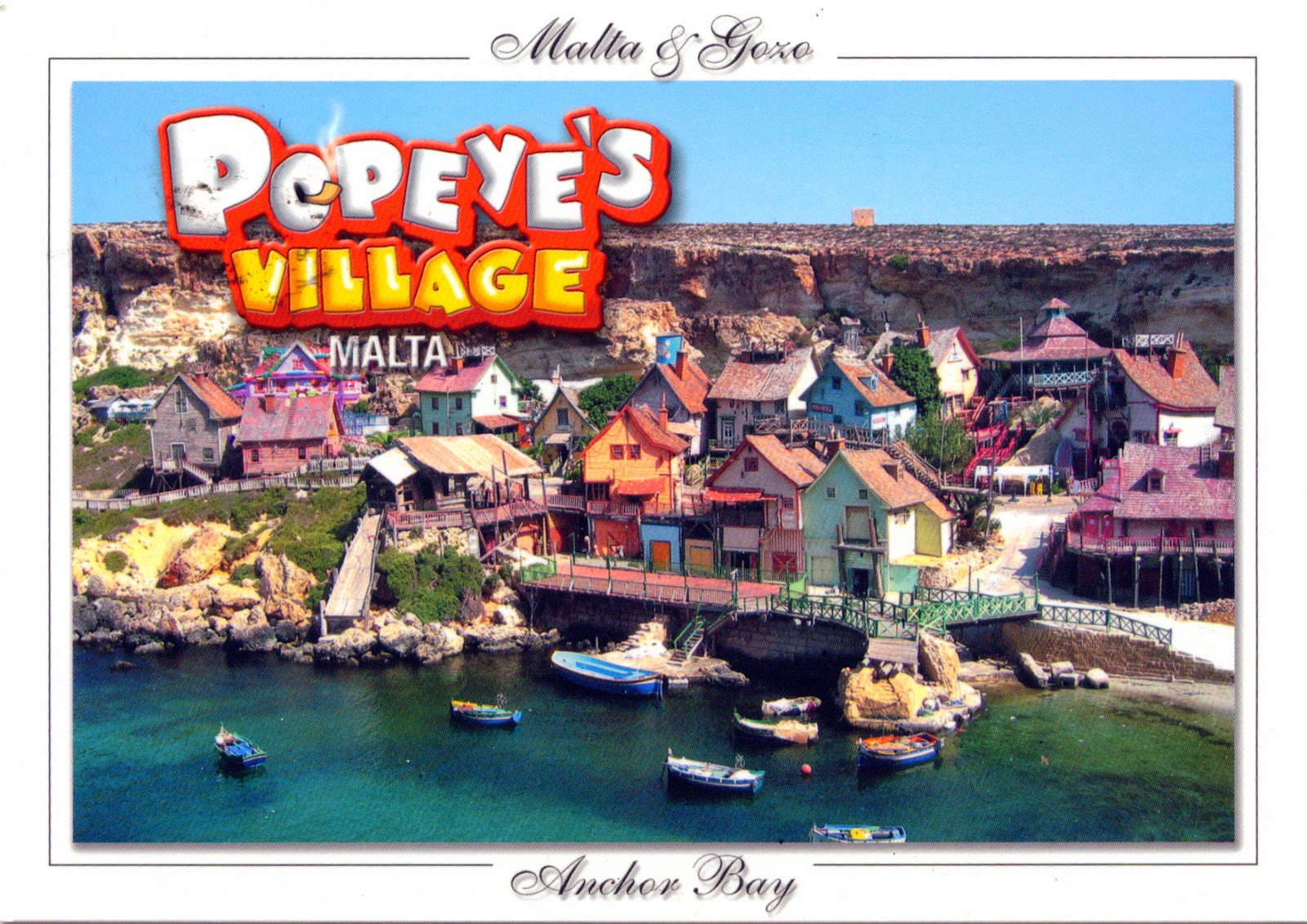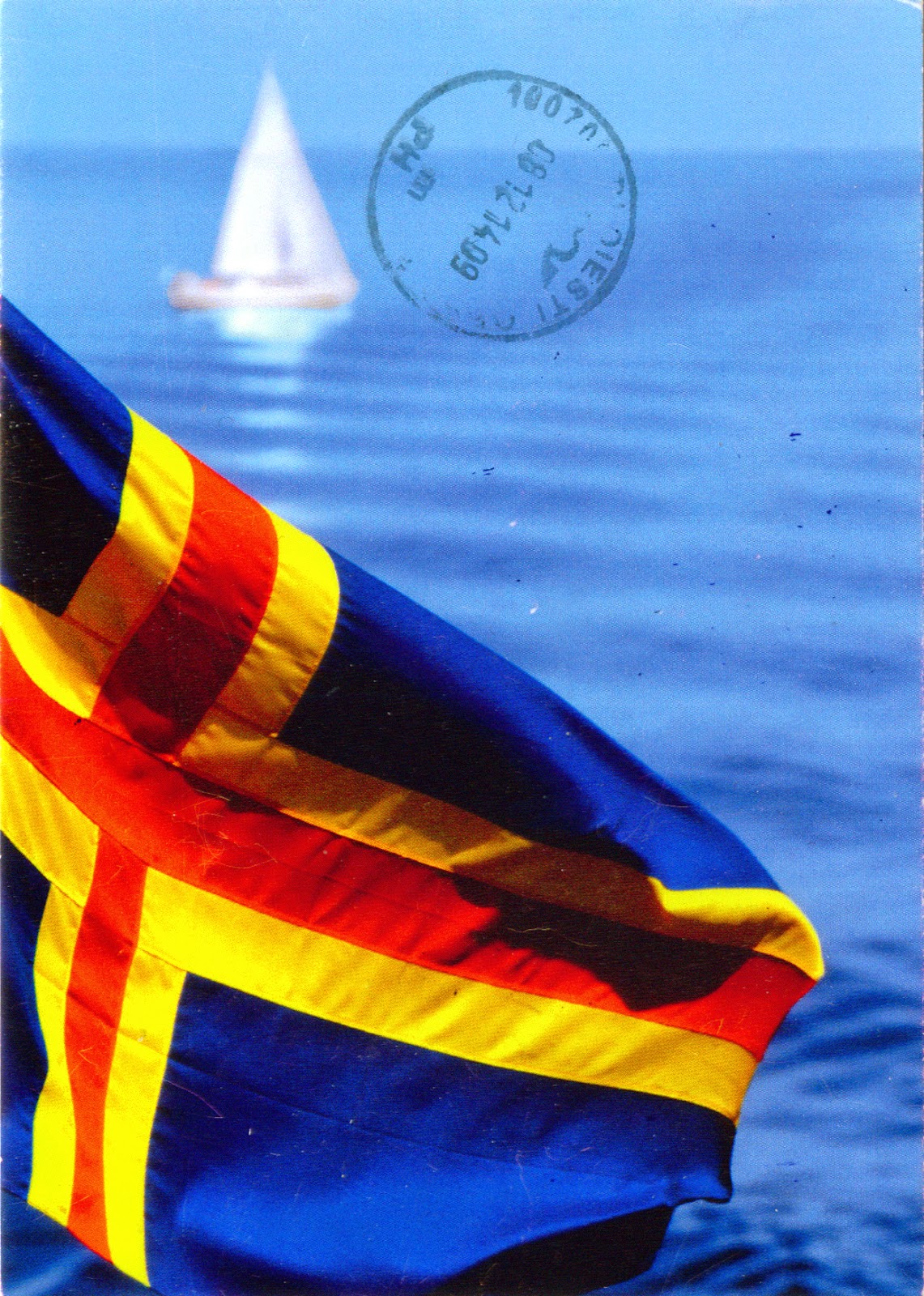![]() |
| 1438 - Rockefeller Centre - GE Building |
Built by the wealthy and powerful american
family with the same name,
Rockefeller Center is located in the center of
Midtown Manhattan, spanning the area between
Fifth Avenue and
Sixth Avenue. It was named after
John D. Rockefeller, Jr.,, who leased the space from
Columbia University in 1928 and developed it between 1930 and 1938, although initially he didn't want the family name associated with a commercial project. It was the largest private building project undertaken in modern times, which employed over 40,000 people during the
Great Depression’s worst years, the principal architect being
Raymond Hood. When it officially opened in May 1933, it held true to the developing team’s belief that art was an act of good citizenship. By 1939, more than 125,000 people were visiting Rockefeller Center daily; on its own, it would have been the 51st largest city in the U.S.
![]() |
| 1439 - Rockefeller Center - Christmas Tree 2013 & Angel Trumpeters |
The Center is a combination of two building complexes: the older and original 14
Art Deco office buildings, and a set of four International-style towers built during the 1960s and 1970s (plus the Lehman Brothers Building). In 1985, Columbia University sold the land beneath the center to the Rockefeller Group, but by the mid-nineties, times got tougher and a new real estate slump moved Rockefeller Center into Chapter 11 bankruptcy. Luckily, less than two years later, a new group acquired the complex, leaving the 1995 bump in the road history.
Goldman Sachs,
Tishman Speyer and
David Rockefeller acquired controlling ownership of Rockefeller Center, making way for a future of exciting enhancements.
![]() |
| 1440 - Rockefeller Center - Prometheus |
The centerpiece of Rockefeller Center is the 70-floor, 266m
GE Building at 30 Rockefeller Plaza ("30 Rock", also the name of
a comedy television show), formerly known as the RCA Building, and renamed in 1988 after General Electric (GE). The frieze located above the main entrance was produced by
Lee Lawrie and depicts "Wisdom", along with a slogan that reads "Wisdom and Knowledge shall be the stability of thy times", from
Isaiah 33:6. The famous
Rainbow Room club restaurant is located on the 65th floor; the Rockefeller family office occupies the 54th through 56th floors. The skyscraper is also the headquarters of
NBC and houses most of the network's New York studios. Unlike most other Art Deco towers built during the 1930s, the GE Building was constructed as a slab with a flat roof and since 1933 has been home of the Center's observation deck, the
Top of the Rock, which allows visitors a unique 360-degree panoramic view of New York City.
![]() |
| 1441 - Rockefeller Center - Top of the Rock |
At the front of 30 Rock is the Lower Plaza, where since 1931 is placed the famed annual
Rockefeller Center Christmas Tree, and since 1936 the ice skating rink. The white angel trumpeters were the latest addition to herald the holidays, in 1954. But the most known landmark of the sunken plaza is
the bronze gilded statue of the Greek legend of the
Titan Prometheus recumbent, bringing fire to mankind, the artwork from 1934 of the acclaimed sculptor
Paul Manship. The model for Prometheus was Leonardo (Leon) Nole, and the inscription, a paraphrase from Aeschylus, on the granite wall behind, reads: "Prometheus, teacher in every art, brought the fire that hath proved to mortals a means to mighty ends." The about 200 flagpoles which line the plaza at street level display flags of United Nations member countries, the U.S. states and territories, or decorative and seasonal motifs. During U.S. holidays, every pole carries the Flag of the U.S.
Read more »















































